Museo Etnográfico Miguel Angel Builes (MEMAB) is a museum dedicated to preserving the cultural patrimony of Colombia by exhibiting ethnographic pieces showing the cultural diversity of ethnic groups in Colombia.
It’s worth a visit to the Miguel Angel Builes Ethnographic Museum to see the large collection of over two thousand ethnographic pieces of daily use, ritual and subsistence on display. The exhibits in the museum demonstrate the great cultural richness of the indigenous and Afro-ethnic groups in Colombia.
Museo Etnográfico Miguel Angel Builes, also known as MEMAB, opened in Medellín in 1972. The exhibits in the museum are arranged on three floors in five permanent exhibit halls.
This museum is a hidden gem that isn’t found an any of the 10 English language Colombia guidebooks I have.
Note the above photo is inside Museo Etnográfico Miguel Angel Builes.

The entrance to Museo Etnográfico Miguel Angel Builes
History of the Miguel Angel Builes Ethnographic Museum
In the 1950s, the Seminary of Missions of Yarumal, began to collect objects created by the natives of the places where the missionaries realized their first missions. This was the origin of what we know today as Museo Etnográfico Miguel Angel Builes.
The museum originally began at the Yarumal Missions Seminary in 1962. In 1970, Father Heriberto Correa Yepes and The General Council, determined that they should build a building in the city of Medellín that was destined for a museum.
The goal of the museum was to share with the community this important collection of objects that show the great cultural richness of the indigenous and Afro-ethnic groups in Colombia that missionaries have been interacting with.

Bishop Miguel Angel Builes, founder of the Yarumal Missionaries
In 1972, the Museo Etnográfico Miguel Angel Builes opened in Medellín. And the museum was named for Bishop Miguel Angel Builes, founder of the Yarumal Missionaries.
The Museum has an inventory well over two thousand ethnographic pieces of daily, ritual and subsistence use, representative of the diverse ethnic cultures of Colombia and other countries.
The exhibits are arranged in five permanent exhibition halls: Amazon; Antioquia and Chocó, Caribbean; Asia, Africa and Latin America and the Archaeological Hall.
Also, the museum has a temporary room where exhibitions of visual arts and theme exhibitions are held. And the museum also offers an educational and cultural program.

Three floors in Museo Etnográfico Miguel Angel Builes
History of the Yarumal Misionaries
The Seminary of Foreign Missions was founded in Yarumal, Antioquia, on July 3, 1927. The first missionary priests were ordained in 1938 and began their missionary work in the North Coast of Colombia.
Over the years, the missionaries founded missions in diverse territories of Colombia, among them: Labateca, Santander; Arauca, Vaupés, Guaviare and Guainía; Buenaventura; Istmina (Chocó) and San Andrés and Providencia. Missionaries interacted with many indigenous, mestizo and afro-descendant communities.
Since 1971, missions have begun in several countries in the Americas: Bolivia, Venezuela, Ecuador, Brazil, Panama, Peru, Honduras and the United States; Africa: Marl Coast, Cameroon, Angola, Mali, Kenya and Ethiopia; And Asia: Cambodia, Thailand and the Philippines.
In addition, in the museum, there is a small introductory hall that shows the story of the missionary work of the Missionaries of Yarumal for more than 80 years.
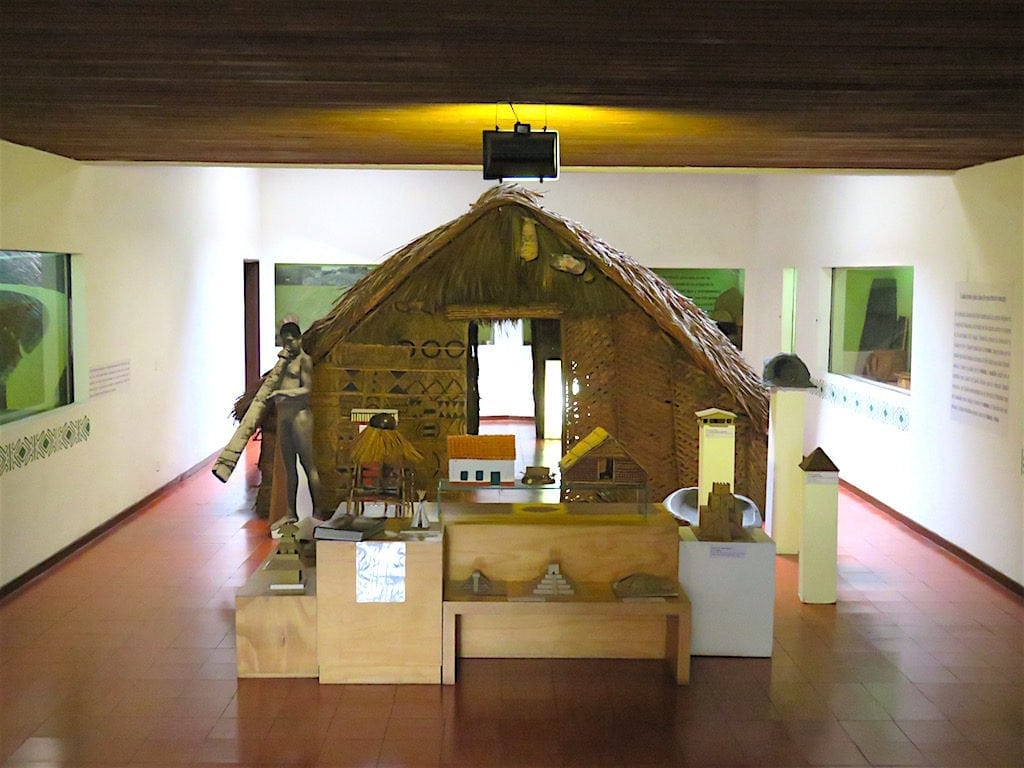
Habitat exhibit in the Amazon Hall
Amazon Hall in Museo Etnográfico Miguel Angel Builes
The Amazon is the largest rainforest in the world, occupying large areas in Brazil, Colombia, Peru, and Venezuela. In Colombia the Amazon region represents more than a third of the territory in the country.
The Amazon region in Colombia is inhabited by human populations for approximately ten thousand years. Diverse indigenous groups are from the Amazon zone, among them are Ingas, Kamsás, Sionas (Putumayo), Tukanos, Desanos, Guanonos, Cubeos, Carijonas, Nukak-Makú, Barasanas, Tuyucas, Piratapuyas, Makuna, Jupda-Makú, Siriano, Curripacos, Puinaves and Yaguas y Huitotos. This hall is divided into two sections: cosmogony and habitat.

One of many exhibits in the Amazon Hall
The cosmogony is a mythical account that explains the origin of the universe and is associated with the spirituality and beliefs of a person or group. In this part of the museum, you will find objects related to social differentiation, music and rituals in the Amazon region.
The habitat is the place that can be inhabited by a human population allowing its survival and reproduction. In this section you will find exhibits referring to housing, hunting and fishing in the Amazon region.

Replica of a bohio or tambo, which is a dwelling for the inhabitants of the banks of the rivers
Antioquia and Choco Hall in Museo Etnográfico Miguel Angel Builes
The departments of Antioquia and Choco in Colombia harbor a great cultural diversity. Indigenous, Afro-descendants and Paisas inhabit these areas.
In this hall there is a replica of a bohio or tambo, which is a dwelling for the inhabitants of the banks of the rivers.
Also, you will find various ritual objects from the Embera communities and craft objects from the Tule or Cuna.
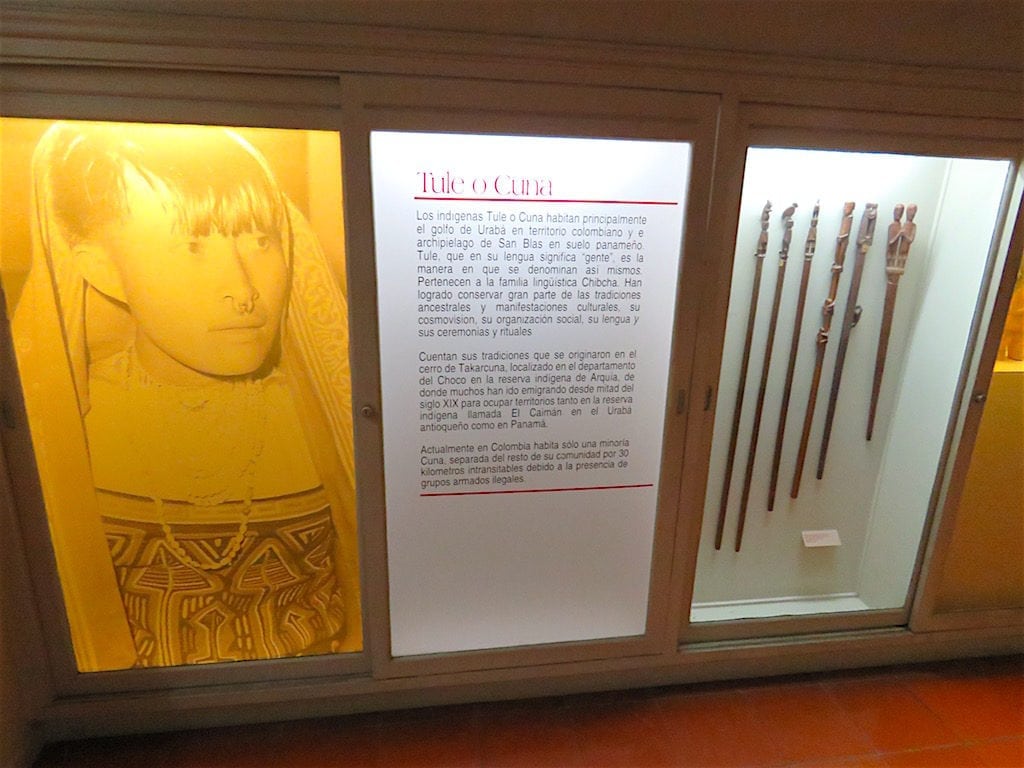
One of the exhibits of objects from the Tule or Cuna indigenous groups

Additional exhibits in the museum
In addition, in this hall there are examples of musical instruments of the Pacific region (drums and marimbas).

Part of the Caribbean Hall exhibits
Caribean Hall in Museo Etnoráfico Miguel Angel Builes
The Colombian Caribbean, beyond being a territorial area of Colombia, is a multicolored cultural explosion that is a product of multiple cultures. Indigenous groups from the region include Wayú, Koguis, Arhuacos, Chimilas, Tunebos and Guanes.
Also, the music of the Colombian region can demonstrate an intercontinental fusion and a legacy of many American ethnic groups that disappeared after the process of European conquest.
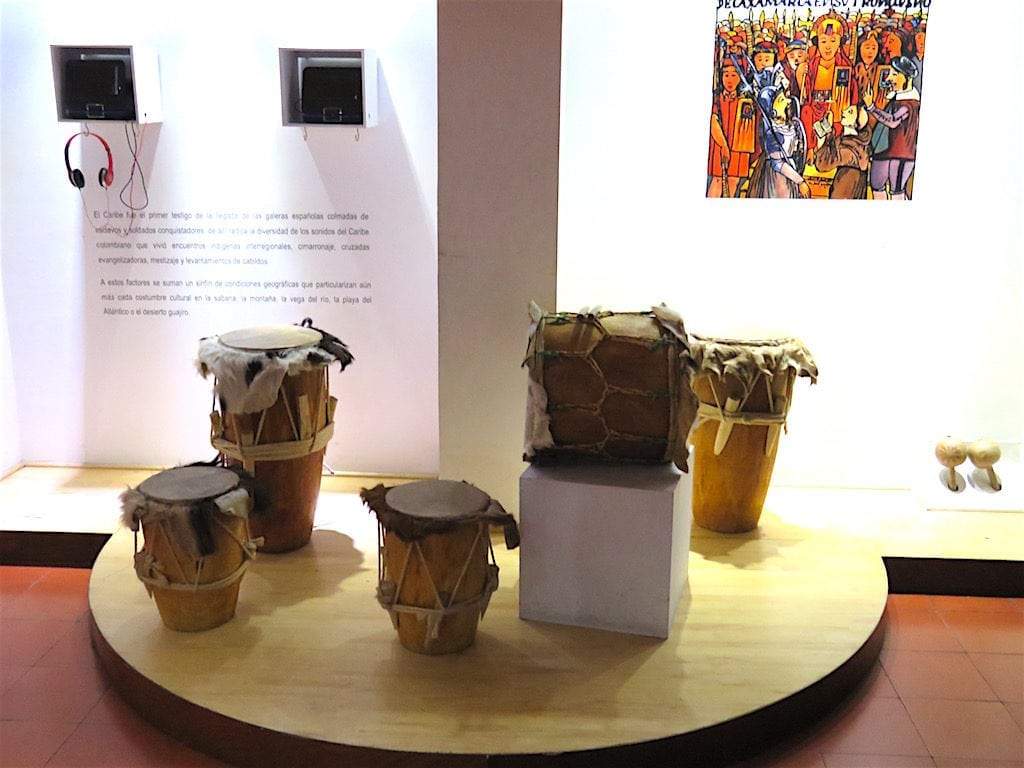
You can listen to Caribbean region music
This is an interactive room in which the visitor can meet the Colombian Caribbean region through its music. You can listen to ocarinas, bagpipes, whistles and drums to experience the music of this area of Colombia.

Some of the items on exhibit in the Archeological Hall
Archeological Hall in Museo Etnográfico Miguel Angel Builes
The history of the Miguel Angel Builes Ethnographic Museum has left in its custody a large number of assets of Colombian heritage interest including ethnographic and archaeological items that have served as exhibition material for more than 40 years.
In the archeological hall are found many original pieces, some of which were created by natives over five hundred years ago. They are considered very valuable archaeological heritage pieces.
How to Get to Museo Etnográfico Miguel Angel Builes (MEMAB)
Museo Etnográfico Miguel Angel Builes (MEMAB) is located the Ferrini barrio of the La América comuna of Medellín.
The easiest way to get to Museo Etnográfico Miguel Angel Builes is via the Medellín Metro. The museum is located about a 15-minute-walk from the Floresta metro station on Line B.
Or you could take a minimum fare 5,600-peso taxi from the Floresta metro station to the museum
Also, you could take a taxi from your location in the metro area directly to the museum. Not many taxi drivers in Medellín will know where Museo Etnográfico Miguel Angel Builes is located. So, you will need to provide the address of the museum listed below.
In addition, it’s normally pretty easy to catch a taxi in the street in front of the university.
Website: http://www.memab.org/
Address: Carrera 81 # 52B-120, Barrio Ferrini, Medellín
Phone: +57 4 320 4488
Email: [email protected]
Hours: Monday to Friday: 8 am to noon and 2 pm to 5:30 pm, Saturday 8 am to noon. Closed on Sunday and holidays. Note that the museum many look closed from the outside but the guard will open the outside door during the hours the museum is open.
Entrance fee: the museum asks for a 5,000 peso per person donation to support the museum. There is a small box to collect donations near the entrance.
Museums in Medellín
On the Medellin Guru website, we have looked at 17 different museums in Medellín:
- Museo de Antioquia – the most popular museum in Medellín, worth visiting. It’s best known for a collection of art of Medellín-born artist Fernando Botero.
- Medellín’s Museo de Arte Moderno (Modern Art Museum) – worth a visit with an intriguing mix of exhibitions located in a striking building.
- Parque Explora – Medellín’s popular interactive science museum and aquarium. It has over 300 activities and the largest freshwater aquarium in South America.
- Jardín Botánico – Medellín’s free botanical gardens that is also considered a museum with over 1,000 different living plants on display.
- Planetario de Medellín – Medellín’s Planetarium and space museum that is very popular and worth seeing, particularly with kids.
- Museo El Castillo – Medellín’s beautiful Gothic-style castle that is a museum.
- Museo Cementerio San Pedro – a cemetery that is also a popular museum in Medellín worth visiting. It also has a church with many beautiful stained-glass windows.
- Museo Casa de la Memoria – a museum dedicated to honoring the victims of urban conflict in Medellín and Colombia and is worth seeing to better understand the city and country.
- Museo del Agua – the popular Medellín water museum.
- Casa Museo Otraparte – a hidden gem in Envigado consisting of a museum, cultural space and café dedicated to the life and works of Colombian philosopher Fernando González.
- Museo Universidad Antioquia (MUUA) – a Medellín museum located on the University of Antioquia’s campus with a huge collection of nearly 40,000 archaeological and natural history pieces.
- Museo Casa Gardeliana – a museum located in Medellín that is dedicated to tango music and musician Carlos Gardel.
- Pedro Nel Gómez Casa Museo – a museum located in Aranjuez that is dedicated to the life and works of important Colombian artist Pedro Nel Gómez who is best known for his extensive work as a muralist.
- Museo Etnográfico Miguel Angel Builes – a hidden gem museum in Medellín dedicated to showing the cultural diversity of indigenous and ethnic groups in Colombia.
- Rafael Uribe Uribe Palace of Culture – Medellín’s palace in El Centro is one of the most photographed buildings in the city. It’s considered a museum by the city of Medellín but there aren’t very many exhibits to see inside.
- Museo Entomológico Piedras Blancas (MEPB) – an insect museum located at the Parque Ecológico Piedras Blancas, which is an ecological park located in Santa Elena near Medellín.
- Museo de Ciudad – Medellín’s City Museum, which is located next to Pueblito Paisa. This museum has a scale model of the city and a photo exhibit with photos from the 1890s to about 1950 showing the history of the city of Medellín.
The 10 English-language Colombia guidebooks that I have are missing several of these museums. And each guidebook only includes six to nine out of the 17 museums in Medellín we have looked at.

Museo Etnográfico Miguel Angel Builes
The Bottom Line: Museo Etnográfico Miguel Angel Builes (MEMAB)
Museo Etnográfico Miguel Angel Builes is a hidden gem museum that isn’t found in any English language guidebooks. In addition, this museum doesn’t get as many visitors as the more well-known museums in Medellín like Museo de Antioquia and Parque Explora.
The last time I visited MEMAB was with a friend visiting Medellín and this was on a weekday in the afternoon. And we were the only two people in the museum. My friend wanted to visit one of the less well-known museums in Medellín and he found the museum very interesting. But I had to translate, as all the exhibit placards in the museum are in Spanish only.
The bottom line is that Museo Etnográfico Miguel Angel Builes is worth visiting for an hour or two to learn about the cultural diversity of the indigenous and ethnic groups in Colombia.
Sign up for the Free Medellin Guru Newsletter – You can see all of the previous Medellin Guru weekly email newsletters and sign up here.



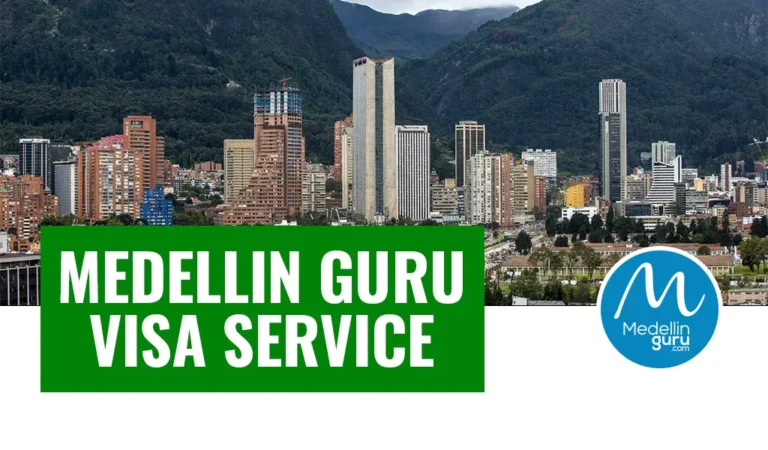
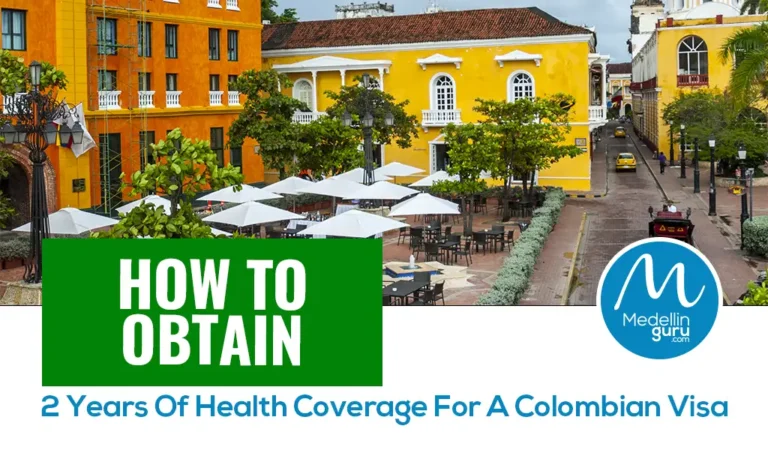



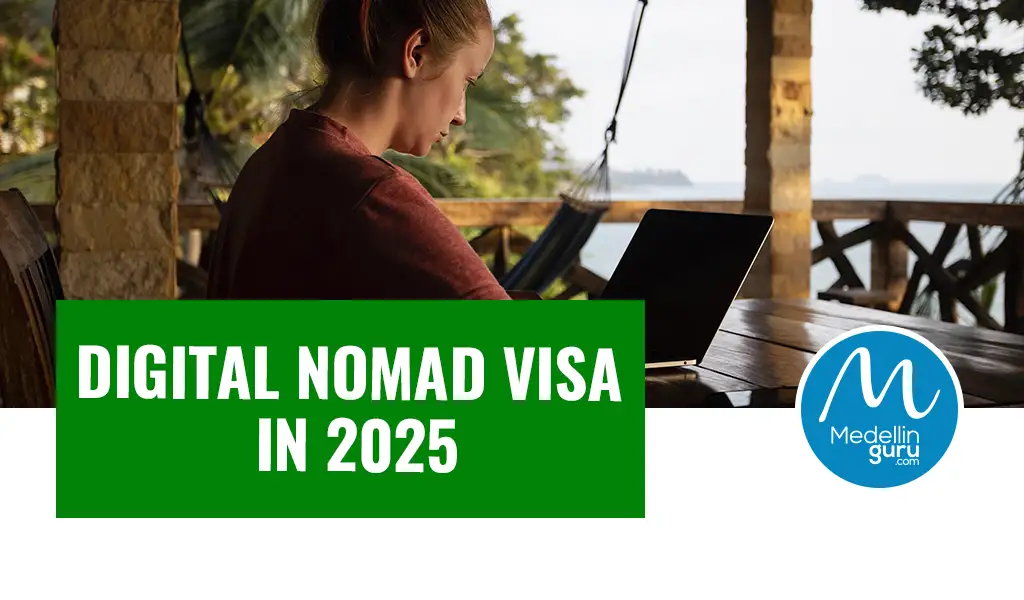
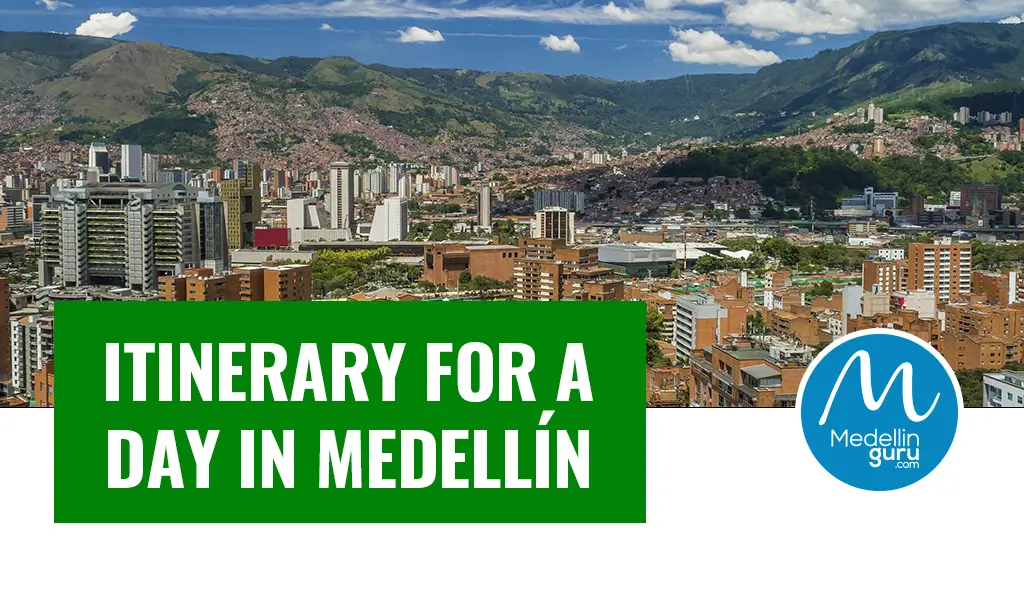
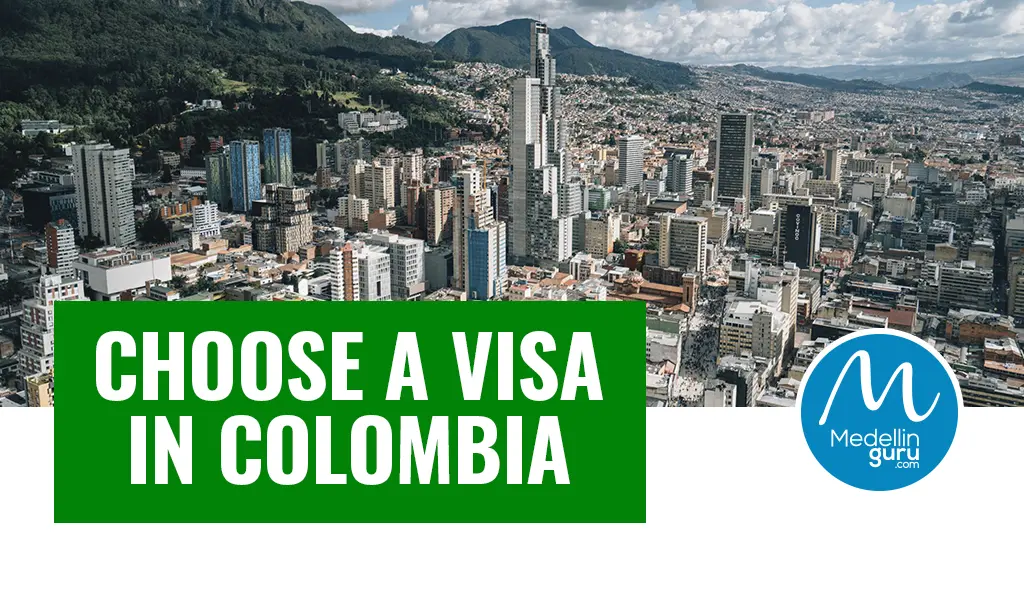
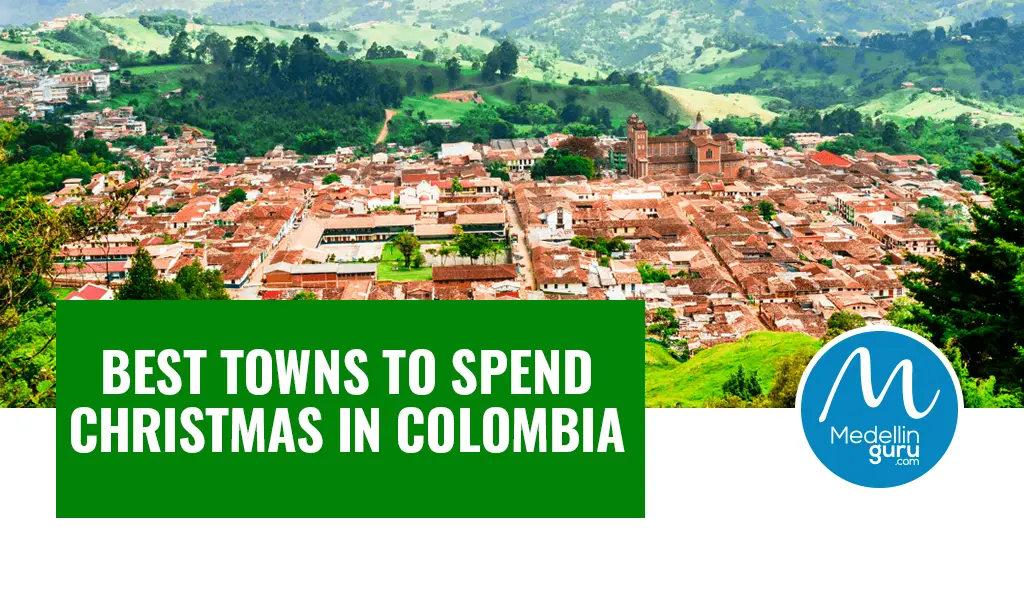
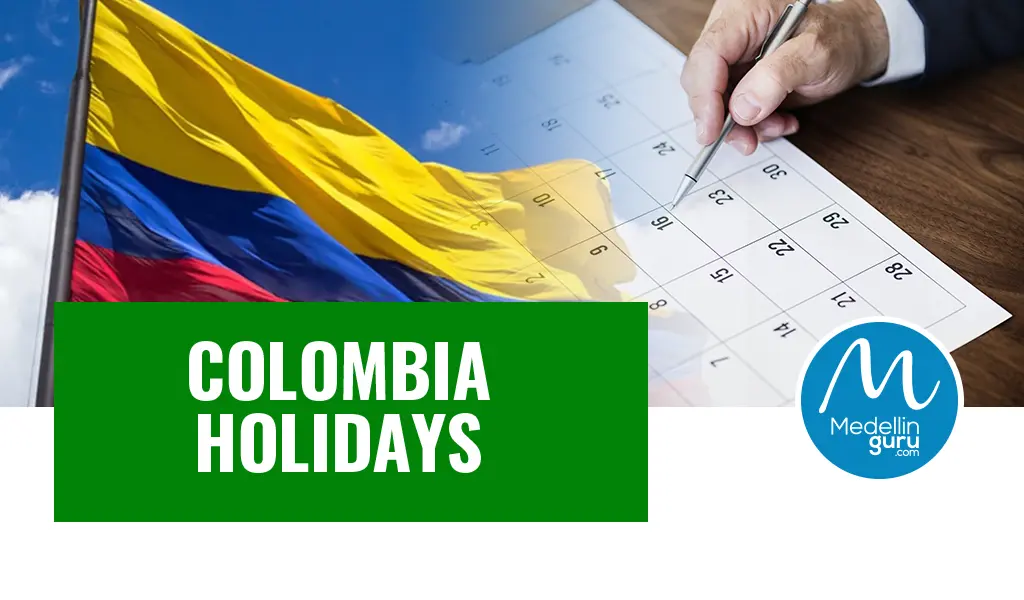
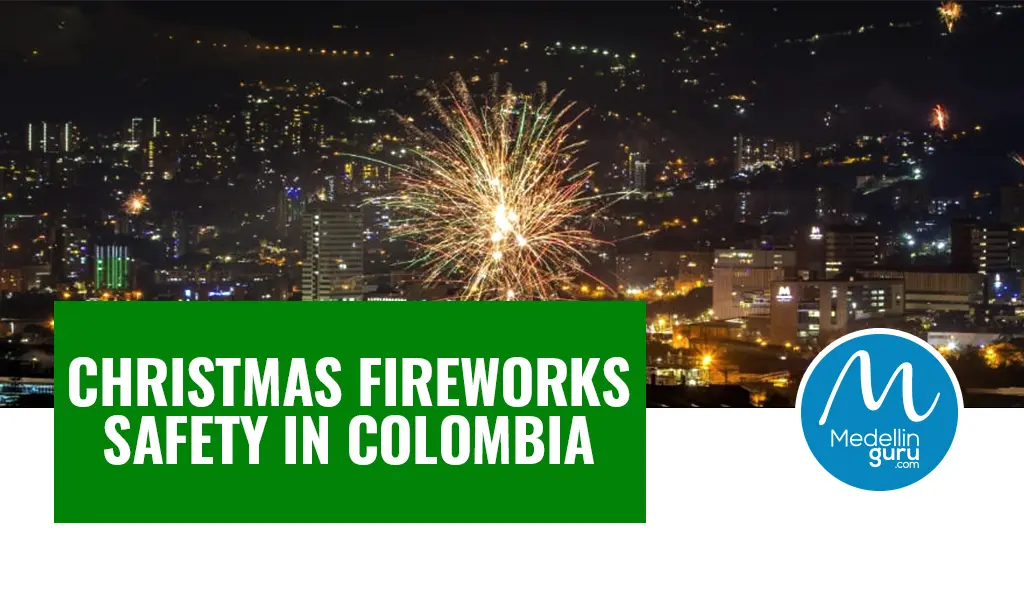

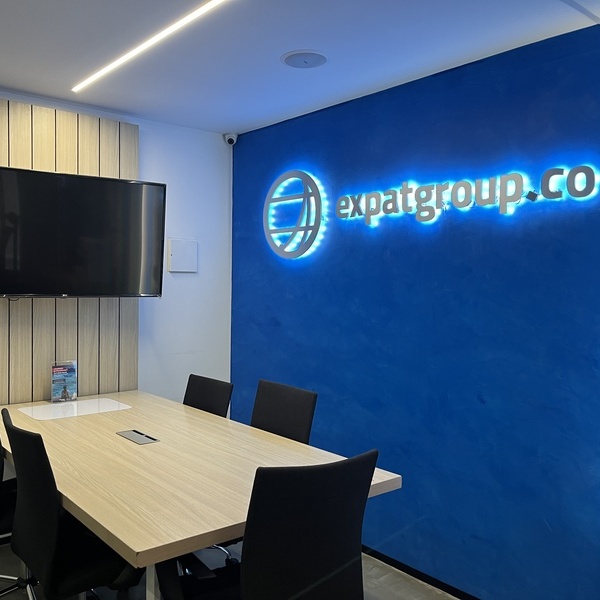
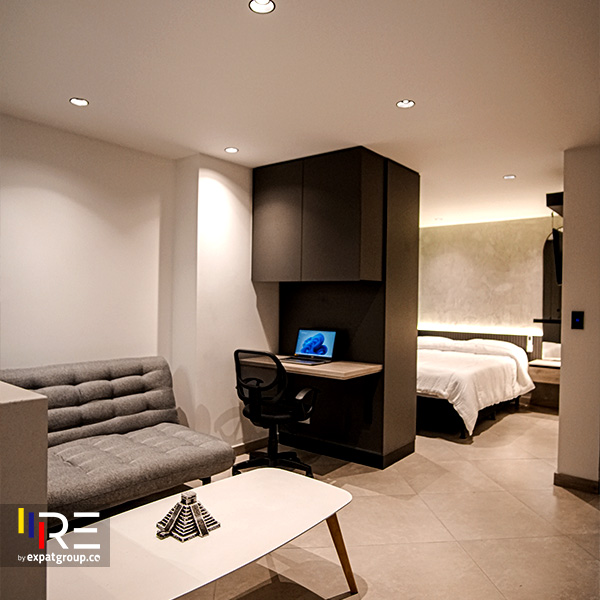

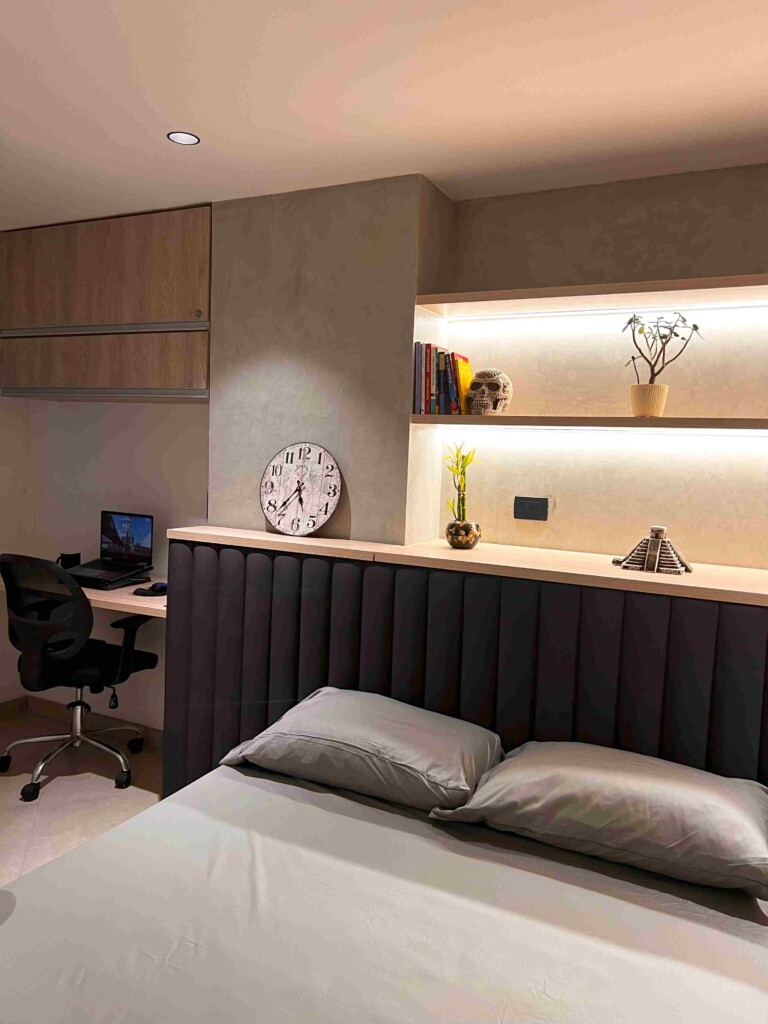


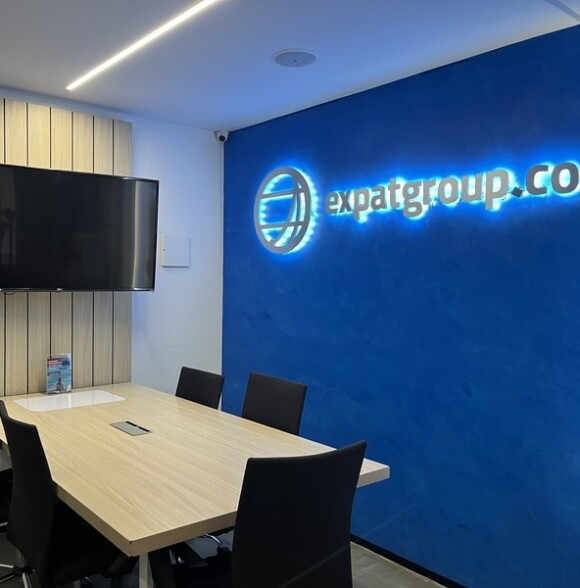

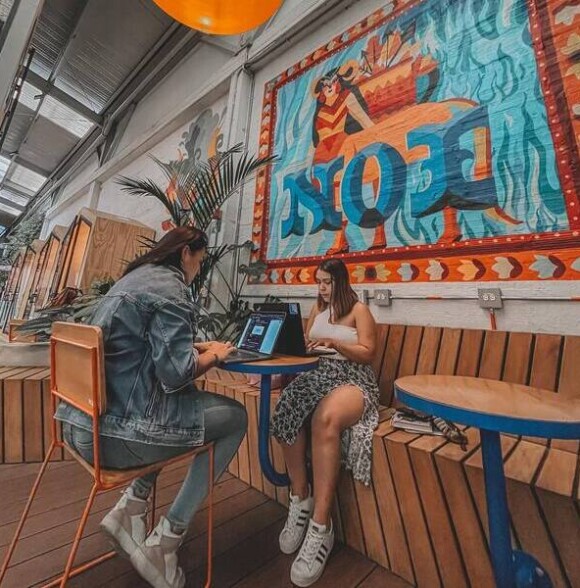
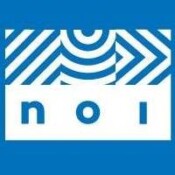
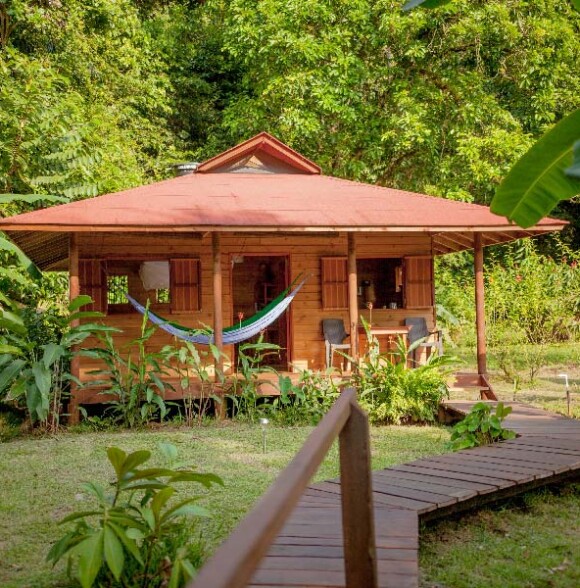
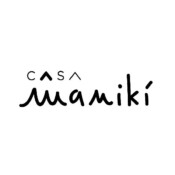
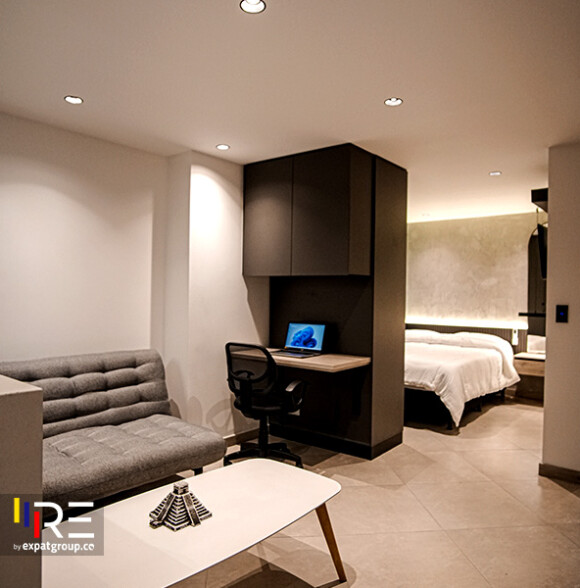





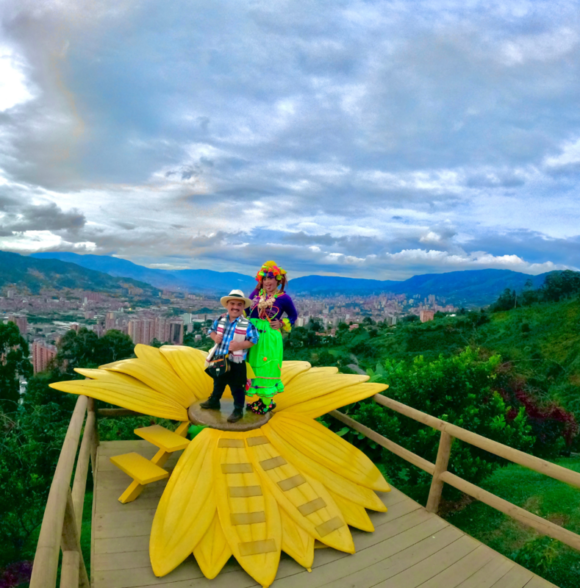


5 thoughts on “Museo Etnográfico Miguel Angel Builes: A Medellin Museum Worth a Visit”
There’s one, probably of many, I haven’t visited! Looks Great! Next week for sure! Thanks again Jeff!! Larry
Hi Larry, thanks. It’s an interesting museum that few know about. Even some Colombians are thanking me, as they didn’t know about this museum.
Thanks I love museums – art, science, special interest – so I like finding out about off the radar museums like this one.
Hi Amanda, thanks. I found this to be an interesting museum worth a visit.
Never even heard of it. I like it. I’m gonna invite my friend from Bogota to visit it with me. Thanks